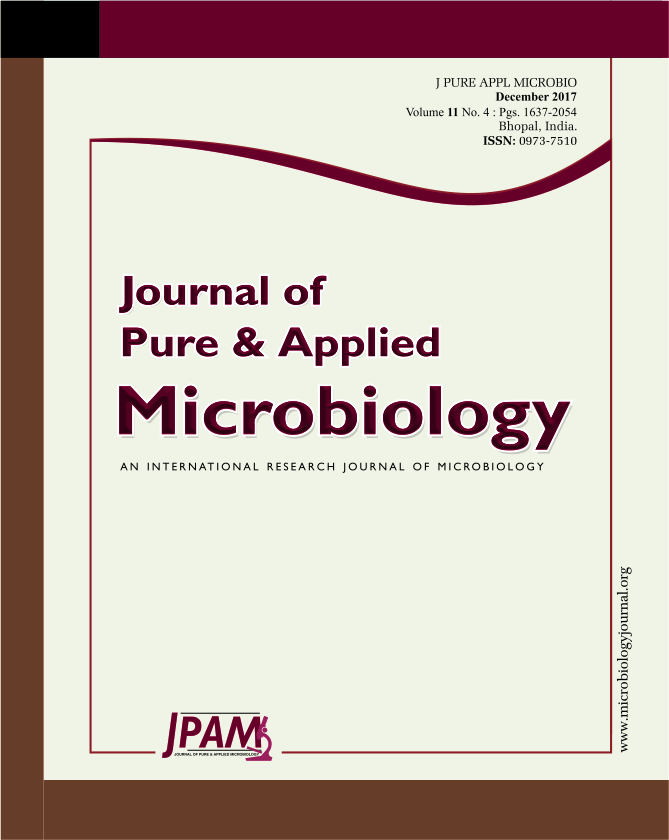The present study tested the remediation potential of Eichhornia crassipes (water hyacinth), for the removal of chromium (Cr) and Zinc (Zn) and Nickel (Ni). Fresh and young plants of equal size were grown in hydroponic medium and supplemented with 300, 600, 1200 and 2400µg/L of Cr and 600, 1200, 2400 and 6000 µg/L of Zn and 300, 600, 1200 and 2400 µg/L of Ni individually for 15 days. The bioaccumulation pattern was reported high in Zn culture. Metal toxicity in the floating macrophyte showed a significant reduction (P <0.001) on phytomass, chlorophyll, NO3-N and PO4-P uptake inhibition in comparison to control. The rate and amount of Cr uptake were minimum as compared to Zn and Ni. The rate of uptake increased with concentration and decreased with increasing time duration. The uptake and accumulation of Cr in the root were always higher than that of shoot except between 2 h to 72 h period at an initial concentration of test metal. The lowest and the highest tolerance indices in Eichhornia crassipes were recorded for Cr and Zn respectively. Bioconcentration factor (BCF) for Zn, Ni, and Cr were 14.6, 12.5 and 10.2 respectively, indicates that Eichorrnia crassipes can be a moderate accumulator of heavy metals and the ubiquitous weed could be used to clean aquatic bodies threatened with pollutants.
BCF, Eichhornia crassipes, Phytoremediation.
© The Author(s) 2017. Open Access. This article is distributed under the terms of the Creative Commons Attribution 4.0 International License which permits unrestricted use, sharing, distribution, and reproduction in any medium, provided you give appropriate credit to the original author(s) and the source, provide a link to the Creative Commons license, and indicate if changes were made.


